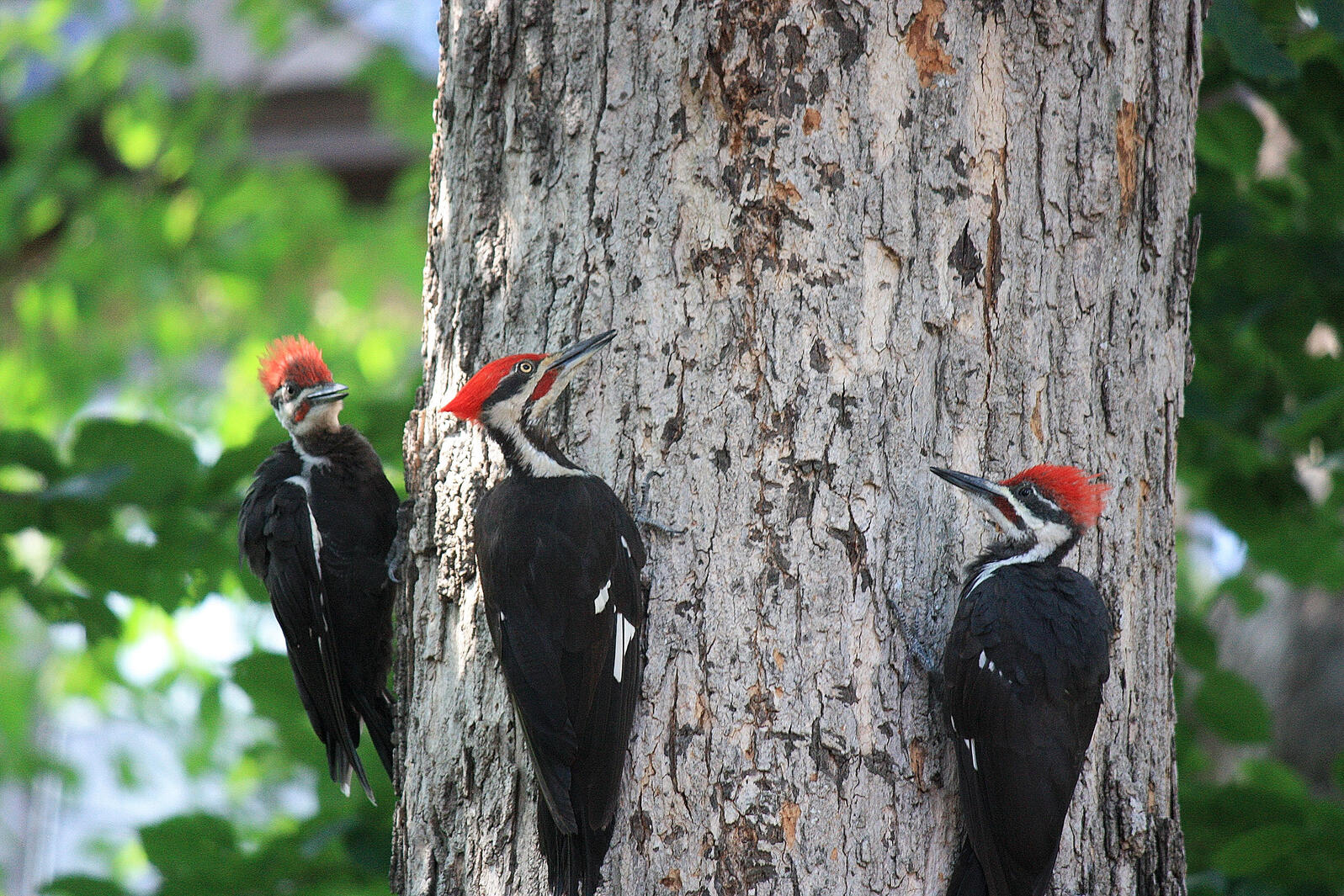Woodpeckers drill holes in trees searching for insects to eat they can peck up to 20 times a second they peck as much as 8 000 to 12 000 times a day

Woodpeckers: Nature’s Insect-Finding Experts
Woodpeckers are fascinating creatures that possess incredible adaptations for foraging. These avian marvels are known for their ability to drill holes in trees with impressive precision. But have you ever wondered why they engage in this behavior? Let’s dive deeper into the world of woodpeckers and explore their extraordinary habits.
Woodpeckers primarily drill holes in trees to search for insects to eat. These clever birds have perfected the art of pecking, sometimes reaching an astonishing speed of up to 20 times per second. Imagine how rapid and rhythmic their pecks must be! This technique allows them to expose hidden insect larvae, beetles, ants, and other delectable bugs residing beneath the bark of trees.
The repetitive pecking of woodpeckers is not just an occasional activity—it’s an integral part of their daily routine. These diligent birds can peck as much as 8,000 to 12,000 times a day. Yes, you read that right—thousands of pecks every single day! This tireless pecking routine is essential for their survival, providing them with a constant source of nourishment.
How exactly do woodpeckers manage to peck hundreds of times every minute without injuring themselves? Nature has equipped them with a range of remarkable adaptations that ensure they can engage in such intense activity without harm. Firstly, their strong beaks act as chisels, allowing them to penetrate the bark effortlessly. These beaks can absorb the shock of each peck, distributing the force evenly and protecting the woodpecker’s brain from any injury.
Moreover, woodpeckers boast a unique anatomical feature called hyoid apparatus, which consists of bones and muscles extending from the beak to the back of the skull. This incredible structure acts as a shock absorber, cushioning the brain and preventing concussions. With such defense mechanisms in place, woodpeckers can boldly continue their incessant pecking without any adverse effects.
Now, you might be wondering where you can witness these astonishing woodpecker behaviors. One fantastic source for observing woodpeckers is your local arboreal ecosystem. If you have trees in your garden or nearby areas, keep an eye out for these feathered marvels. They might be spotted drumming on trunks or even bringing their fledglings to teach them the art of pecking. Observing woodpeckers in their natural habitat can offer you a fascinating glimpse into their unique feeding strategies.
If you’re still not convinced about the extraordinary abilities of woodpeckers, you can dive deeper into their fascinating world by visiting organicplantcarellc.com. This comprehensive resource can provide you with more detailed insights into the lives of these remarkable birds.
To add a visual element to this article, here are two captivating images showcasing woodpeckers and their tree-dwelling lifestyle:


We hope this insight into the world of woodpeckers has left you amazed and appreciative of these remarkable birds. Their ability to drill holes in trees, search for insects, and peck thousands of times each day is truly awe-inspiring. Remember to keep an ear out for their rhythmic pecking and keep your eyes peeled for their astounding feats in your local woodland habitats!
Related Posts
Quick Links
Legal Stuff

